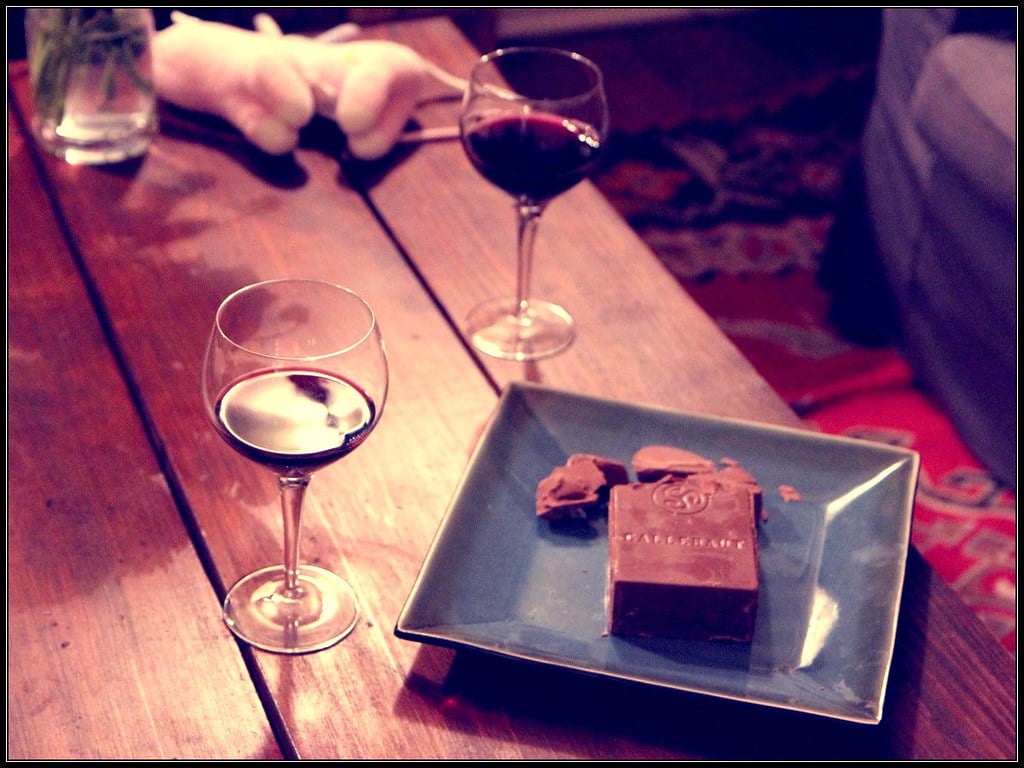When pairing chocolate with wine, there’s more to it than just picking a random bottle off the shelf and hoping for the best. Pairing chocolate with wine is a true art that requires a bit of science, knowledge, and practice. In this article, we’ll explore the principles of pairing chocolate with wine, the different types of chocolate, and provide a guide on creating the perfect chocolate bouquet for your special occasion.
The Science of Pairing Chocolate with Wine
There are a few key factors to consider when pairing chocolate with wine. Firstly, the intensity of the chocolate and the wine should be balanced. If the chocolate is too sweet, it will overpower the wine; if the wine is too strong, it will destroy the chocolate. Secondly, the flavor profiles of the chocolate and wine should complement each other. For example, dark chocolate with a high percentage of cocoa pairs well with a full-bodied red wine with dark fruit and spice notes. Finally, the textures of the chocolate and wine should also be considered. Creamy chocolate pairs well with a smooth red wine, while crunchy chocolate goes well with sparkling wine or champagne.

Types of Chocolate
Before we dive into the specifics of pairing chocolate and wine, it’s essential to understand the different types of chocolate. There are three main types of chocolate: milk chocolate, dark chocolate, and white chocolate. Milk chocolate is made with milk powder or condensed milk, giving it a creamy texture and a sweet taste. Dark chocolate, on the other hand, is made with a higher percentage of cocoa solids, giving it a more intense and bitter flavor. Finally, white chocolate is made with cocoa butter, milk, and sugar, giving it a smooth texture and a sweet taste.
Pairing Chocolate with Wine
Now that we’ve covered the basics, let’s dive into the specifics of pairing chocolate with wine. Here are some general guidelines to follow when creating the perfect chocolate bouquet:
Dark Chocolate
Dark chocolate pairs well with full-bodied red wines like Cabernet Sauvignon or Syrah. The tannins in the wine complement the bitterness of the chocolate, while the fruit flavors in the wine complement the sweetness of the chocolate. If you prefer white wine, pair dark chocolate with a rich, buttery Chardonnay.

Milk Chocolate
Milk chocolate pairs well with lighter red wines like Pinot Noir or Merlot. The fruitiness of the wine complements the sweetness of the chocolate, while the more delicate tannins in the wine complement the creaminess of the chocolate. Pair milk chocolate with a crisp, refreshing Sauvignon Blanc if you prefer white wine.
White Chocolate
White chocolate pairs well with sparkling wines, such as Champagne or Prosecco. The acidity in the wine cuts through the sweetness of the chocolate, while the bubbles in the wine cleanse the palate between bites. If you prefer still wine, pair white chocolate with a sweet Riesling or a light Moscato.
Creating the Perfect Chocolate Bouquet
Now that you know the basics of pairing chocolate and wine, it’s time to create the perfect chocolate bouquet for your special occasion. Here’s a step-by-step guide to help you get started:
- Choose a variety of chocolates. Select a mix of dark, milk, and white chocolates to provide a range of flavors and textures.
- Choose a variety of wines. Select a mix of red, white, and sparkling wines to complement the different types of chocolate.
- Pair the chocolates and wines. Use the guidelines outlined above to pair the chocolates and wines in a balanced and complementary way.
- Create a beautiful display. Once you’ve paired the chocolates and wines, it’s time to create a stunning collection that will impress your guests. Use a wooden board or platter as a base and arrange the chocolates and wines in an aesthetically pleasing manner. You can also add fruits, nuts, or other snacks to complement the flavors of the chocolate and wine.
- Serve and enjoy! Once your chocolate bouquet is complete, it’s time to serve and enjoy. Encourage your guests to taste each pairing and provide feedback on their favorite combinations. Don’t forget to have water on hand to cleanse the palate between tastings.
Conclusion
Pairing chocolate and wine is a true art requiring some science, knowledge, and practice. By understanding the principles of pairing chocolate and wine, the different types of chocolate, and following the guidelines outlined in this article, you can create the perfect chocolate bouquet for your special occasion. Remember, the key is to balance the intensity of the chocolate and wine, complement the flavor profiles, and consider their textures. With some creativity and experimentation, you can create a beautiful and delicious chocolate bouquet that will impress your guests and leave them wanting more.
